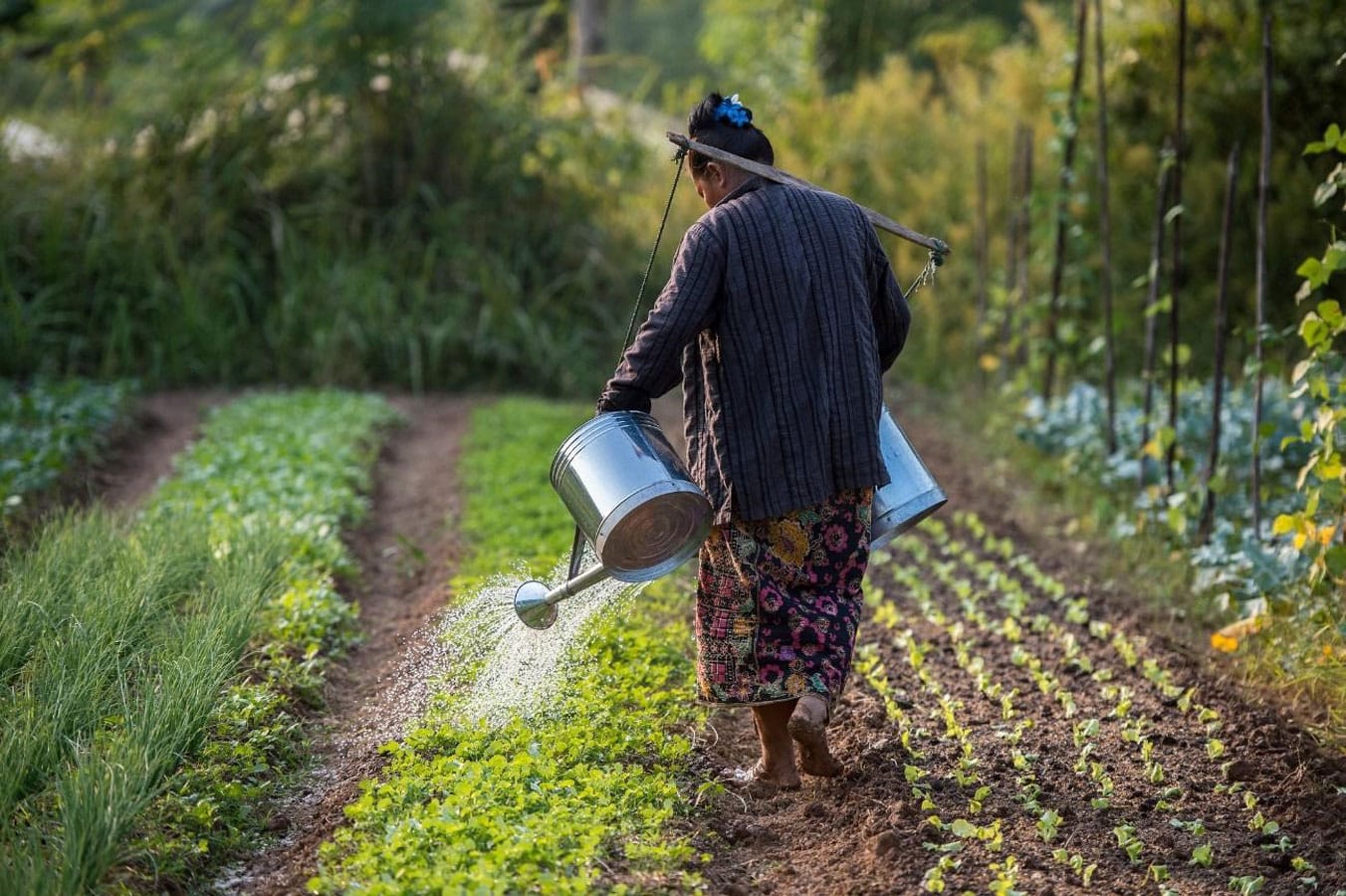What might it take to digitize smallholder farms across the Asia-Pacific region? An international alliance of agricultural scientists is now busy trying to answer that very question.
“Digitization” is, of course, an overly broad term that points to numerous technical options for potentially enhancing farmers’ productivity. Some innovators have developed ways to deliver digital mapping services and other geomapping tools to help farmers better track the progress of their crops and ward off any threats. Startup companies have built so-called “big data” tools designed to more efficiently connect farmers’ produce to customers, cutting out expensive middlemen. Others are delivering personalized digital extension services directly to farmers’ mobile devices, enabling real-time training and advice that can hopefully help farmers see better yields and better profits per planting season.
A wide variety of digital solutions for farmers already exist, and the Asia-Pacific Association of Agriculture Research Institutions, or APAARI, has its eyes on all these options and more. But a critical first step is understanding the base conditions preventing smallholder farmers from adopting the growing list of digital farming tools already available on their own, APAARI official Samitha Haldar told Grow Further in an interview. It’s critically important “to understand the constraints and challenges facing farmers in adopting those local technologies which have been developed in their countries, or very localized technologies,” she said.
What is APAARI?
Established in 1990 with support from the United Nations Food and Agriculture Organization (FAO), APAARI describes itself as a “membership-based, apolitical, multi-stakeholder, and inter-governmental regional organization” that exists to support agricultural research across the Asia-Pacific region. It’s an eclectic coalition of government agricultural agencies, academic research institutions, and civil society organizations all sharing a common interest in improving food security and smallholder farm welfare.
APAARI’s geographic reach is vast, spanning from Iran in the west all the way to Samoa in the South Pacific eastwards. The membership is equally vastly diverse. “APAARI works with more than 80 members spread across different categories,” Haldar explained. “We have core country members, and then we have research institutions…international organizations, like CGIAR is one of our partners, and also we’re working very closely with knowledge partners including universities and educational sectors.”
A digital investigation
APAARI is now investigating ways to encourage smallholder farmers to embrace existing digital tools that could help them grow more food or earn more money. The initiative is based on a similar investigation undertaken earlier in Latin America.
As Haldar explained it, for the past year or so APAARI researchers have been busy surveying farmers and collecting data from nine countries: Iran, Pakistan, India, Bangladesh, Nepal, Laos, Vietnam, the Philippines, and Papua New Guinea.
Starting about now, and continuing for about another year, the team is analyzing the data to better understand the constraints and challenges inherent to digitizing smallholder agriculture in every country involved in the study. In addition to farmer surveys, the team will look at supporting institutions. “What are the strengths of each of those institutions and how can they play an important role while the government takes an important step toward designing a program?” she explained. “Those inputs could be part of it.” At the very least, the information APAARI is gathering should help digital innovators everywhere better understand the hurdles they’ll need to overcome if they want to see their products and services have a meaningful impact on farmers’ lives.
Grow Further will be watching the results of this study for insights on how best to develop partnerships such that digital innovations that we support are relevant and adopted quickly.
— Grow Further
Photo credit: A farmer waters plants at an organic farm in Boung Phao, Laos. Asian Development Bank.




